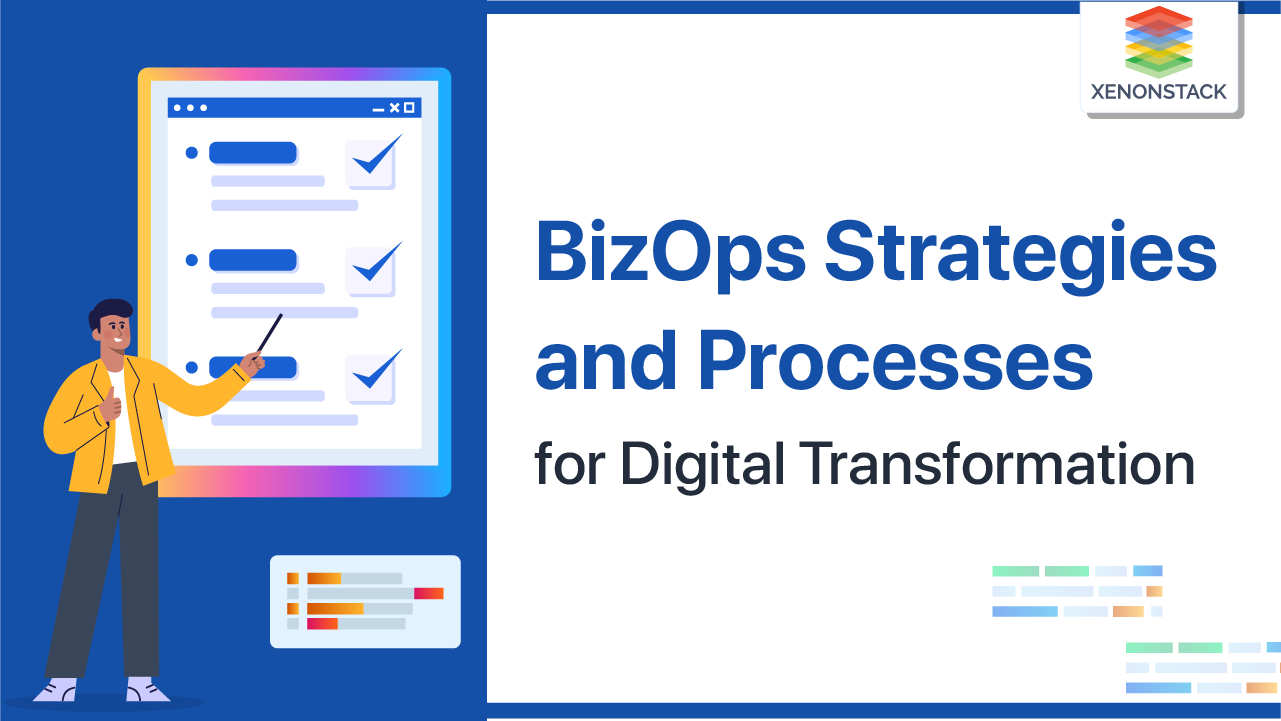
What is Incident Management?
Incident management is a process that helps companies understand, respond to, and recover from incidents. The software is designed to manage and monitor incidents that can significantly impact the business. Incidents can happen in any organisation, ranging from data breaches to natural disasters. The cost of these incidents is high, and the impact on the business continuity and disaster recovery plans is significant.
The best way to manage these incidents is to use incident management software. It will give you a clear picture of your organization's status, help you prevent future incidents, and save you a lot of time.
The product roadmap will include what the final product should look like and when released.Click to explore about our, Product Management Roadmap
What is the process of Incident Management?
Having a clear and concise process is essential when managing incidents. A well-defined process can help ensure that incidents are managed effectively and efficiently. So, what exactly is the incident management process? Generally, it is a set of steps that must be followed to manage an incident properly. Of course, the specific steps will vary depending on the type and severity of the incident.
In most cases, the incident management process will involve the following steps:
-
Identification
-
Escalation
-
Assessment
-
Resolution
-
Follow-up
Identification
The initial step in the incident management process is to identify an incident. This can be done by monitoring various system logs and alerts. Once an incident has been identified, it needs to be logged.
Escalation
Once an incident has been logged, it must be escalated to the appropriate team. The team that handles the escalation will depend on the type of incident. For example, the incident must be escalated to the Operations team if it is a system outage.
Assessment
After an incident escalates, the team must assess the situation. They must determine the cause of the incident and what needs to be done to resolve it.
Resolution
Once the cause of the incident has been determined, the team will need to take action to resolve it. Depending on the severity of the incident, this could involve restarting a failed service or deploying a new patch.
Follow-up
After resolving the incident, the team must follow up to ensure everything is back to normal. This may include conducting post-mortem meetings and restoring any backups that were taken.
A requirement traceability matrix identifies the source of each requirement or other artifact used for building the deliverables. Click to explore about our, Requirement Traceability Matrix
What is Incident Management Software?
Incident Management Software (IMS) manages incidents and their related data. It can be used in any industry and organization of any size.
IMS can be used for many purposes. Some of these are:
-
To collect, store and analyze the data from incidents.
-
To organize the data in a way that it is easy for different teams to find the information they need
-
To provide an overview of all incidents that have been reported, including their status, severity, and priority.
-
You need to know what has been done and what still needs to be done to track incidents' progress over time.
How Incident Management Software Works?
Incident management software is risk mitigation software that helps organizations manage and respond to cyber security incidents. These applications help identify, prioritize, and mitigate risks in an organization's IT environment. The incident response process involves four steps: preparation, identification, containment, and recovery.
Incident management software minimizes your organization's cost and downtime. It gives you all the information you need to make quick decisions and keeps track of important information, such as the incident's timeline and who was involved.
A requirement traceability matrix identifies the source of each requirement or other artifact used for building the deliverables.Click to explore about our, Functional Specification Document
Benefits of using Incident Management Software
Incident management software is a system of applications and technologies for preventing, investigating, and resolving incidents. It provides an integrated approach to managing these events using data analytics and automation capabilities.
Do you know how much your company spends on incidents?
Many companies are asking themselves this question. Incident management software can help you identify incident costs and plan for disasters. It can also be used to create a business continuity plan and disaster recovery plan.
The benefits of using incident management software are:
-
It helps your organization avoid costly downtime by giving you an easier way to manage incidents;
-
It provides a way for you to keep track of important information about the incident, such as its timeline and who was involved;
-
It can be used as a disaster recovery plan if your organization experiences a disaster.
What are the best Incident Management Tools?
-
Monitoring Tools: These tools will help identify outages, diagnose incidents, and trigger alerts. They also help cut costs by freezing the DevOps teams for better software lifecycle management.
-
Service Desks: this is a place where users will submit tickets, chat with the service team, and properly monitor the tasks or tickets. Some of the tasks are self-service tasks. It is run by the management system, which enables prioritization and categorization.
-
Platform: AlOps: We can leverage the power of artificial intelligence using logs and historical data. This will lead to better decision-making, improvement in incident responses, and optimum resource allocation. Using AIOps in incident management reduces IT costs by 50%.
How to choose the right solution for the organization's needs?
Below are some of the factors that organizations should consider before choosing the right solution for their needs:
-
Budget: Budget is the most important factor in the decision-making process. Organizations must understand how much they can afford to spend on a software solution and then choose accordingly.
-
Timeframe: Organizations should also consider how long they need a solution and choose accordingly. For example, if an organization needs a solution only for three months, it would not be worth spending money on a more expensive option with more features.
-
Scope of use: The scope of use is another critical consideration. Organizations should ensure they are not looking for something too complicated or too simplistic.
For example, if an organization only needs basic incident management capabilities, it would not be worth investing in.
Incident Management Tactics & Strategies
-
As per the business, Incident should be defined: in general, IT incidents refer to unexpected events that may impact the business process and quality of service. To get more clarity, incidents and requests must be differentiated. Incidents must be prioritized based on severity, impact, and urgency.
-
People with the right skills and experience should be hired. The correct skill set depends on the nature of the business and incidents that are received by the team. All team members are well aware of their roles and responsibilities. Resources must work on high-priority tasks on a priority.
-
Automation for the Incident Management process: It helps you automate the most fundamental processes so the team can work on the critical tasks. It can automatically assign incoming tickets to various departments, leading to improvement in work distribution and productivity.
-
Selection of the right communication channel is essential. Multiple communication channels can be offered to the IT team and end users based on the team size and budget.
-
Updates should be shared regularly between IT teams and end users to keep them on the same page. Moreover, when end users can track the progress of an incident, they will only reach to IT team appropriately.
-
Revamp your internal Knowledge base: Most of the queries are generic and can be resolved by end users without IT team support. The following steps are to be taken to redesign your help center:
While incident management is essential for all organizations, it is especially critical for organizations that rely on technology. In today's world, almost all organizations rely on technology to some extent. As such, incident management is essential to ensuring that operations run smoothly. An effective incident management process can help an organization in several ways, including reducing the impact of incidents on operations, improving the overall efficiency of the organization, and improving the organization's ability to respond to incidents.
Next Steps in IMP and Tools
Talk to our experts about implementing compound AI systems and how industries use Decision Intelligence to become decision-centric. Learn how AI automates and optimizes IT support and operations, improving efficiency and responsiveness, while also understanding the incident management process and the tools that streamline it.


